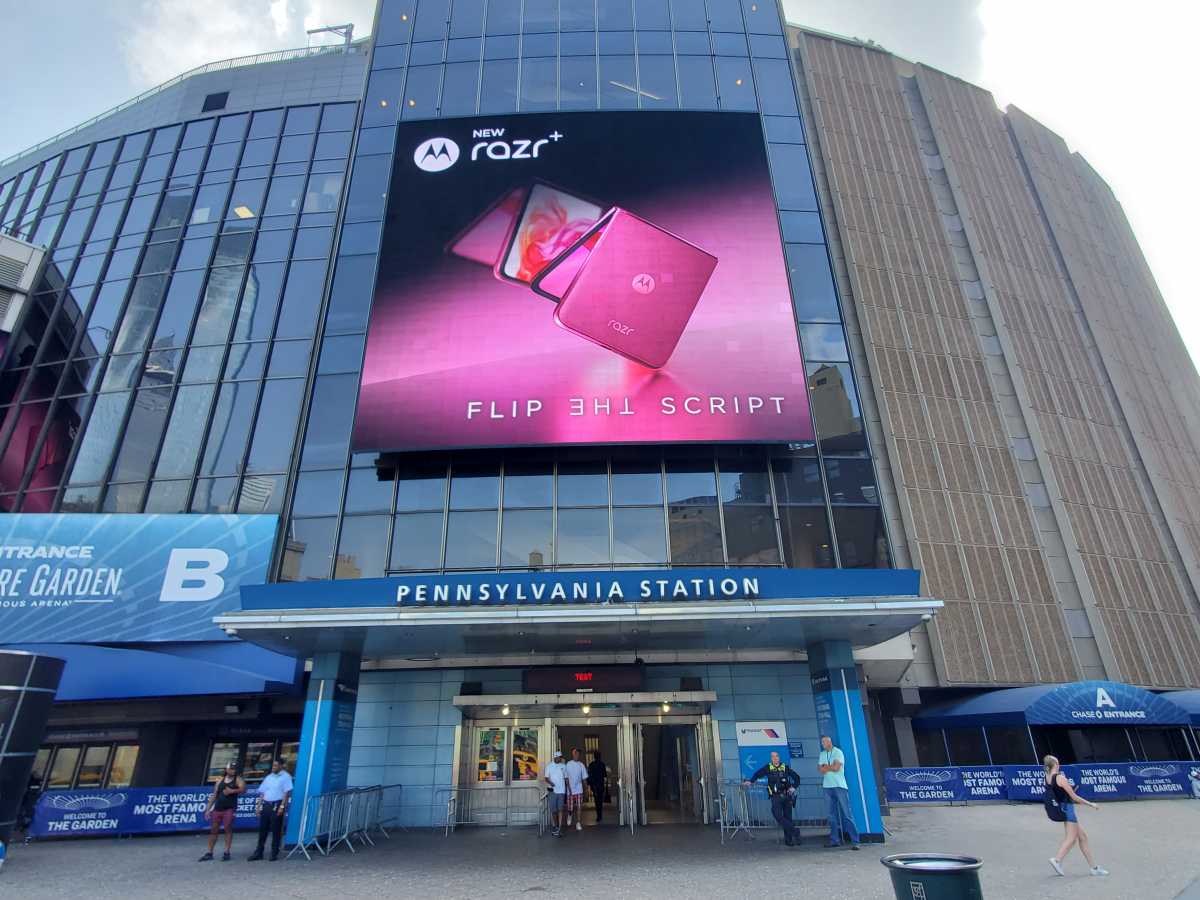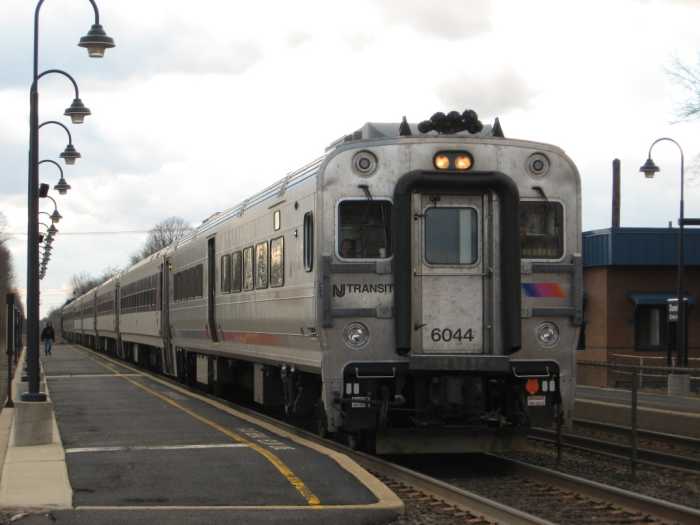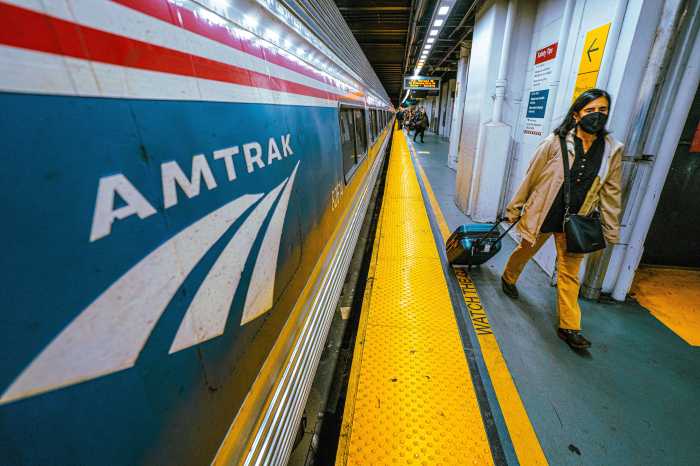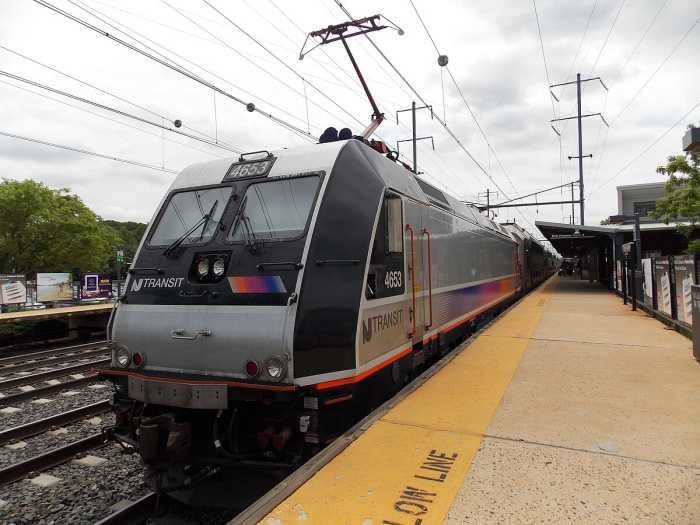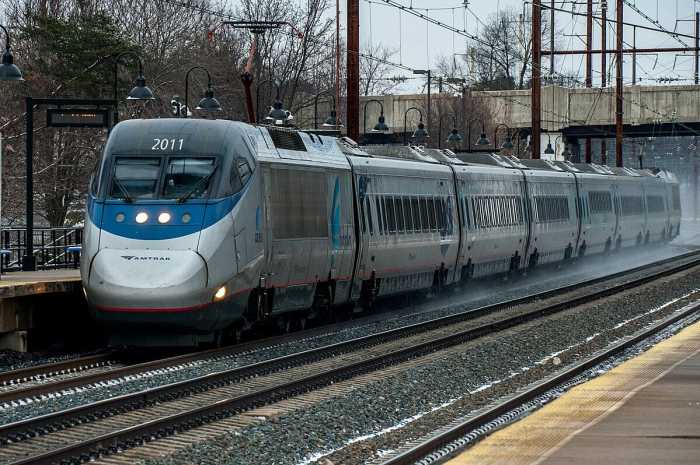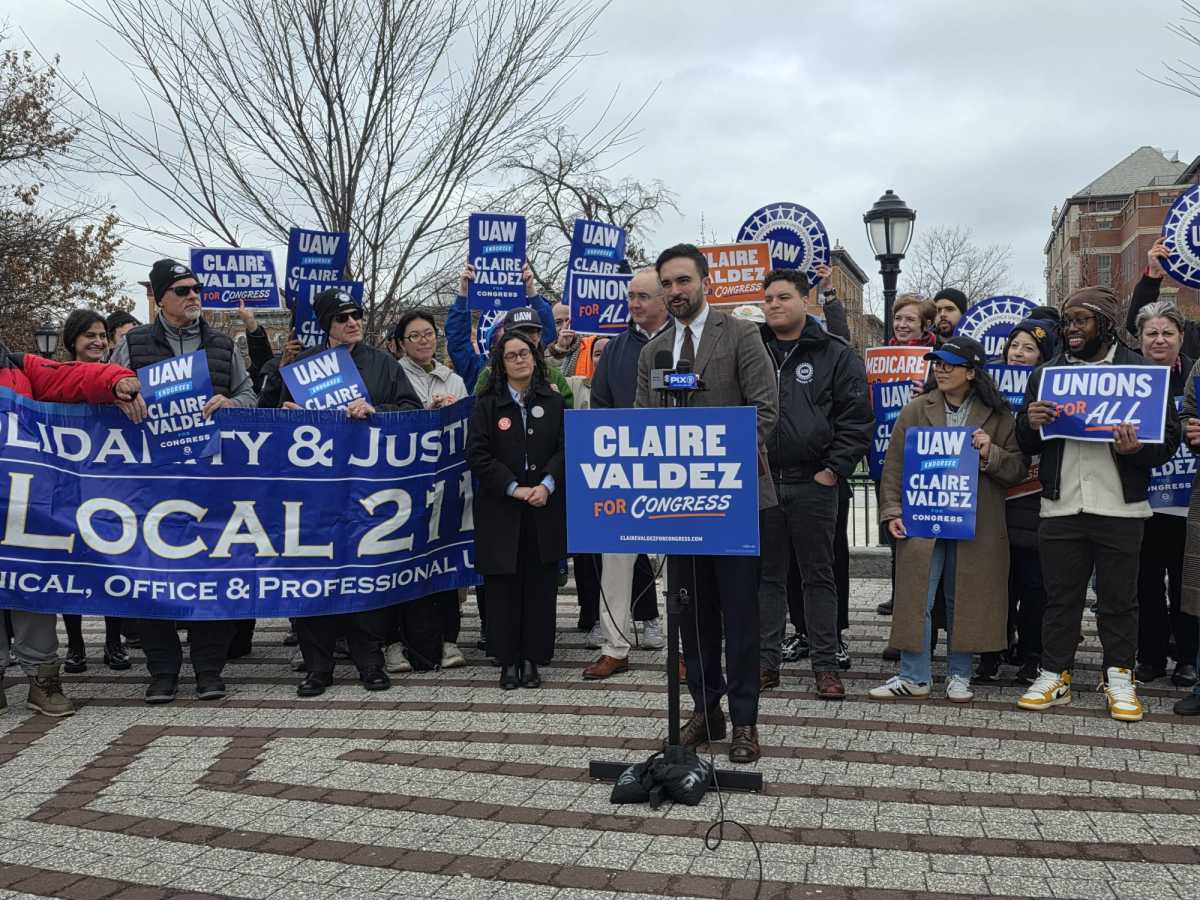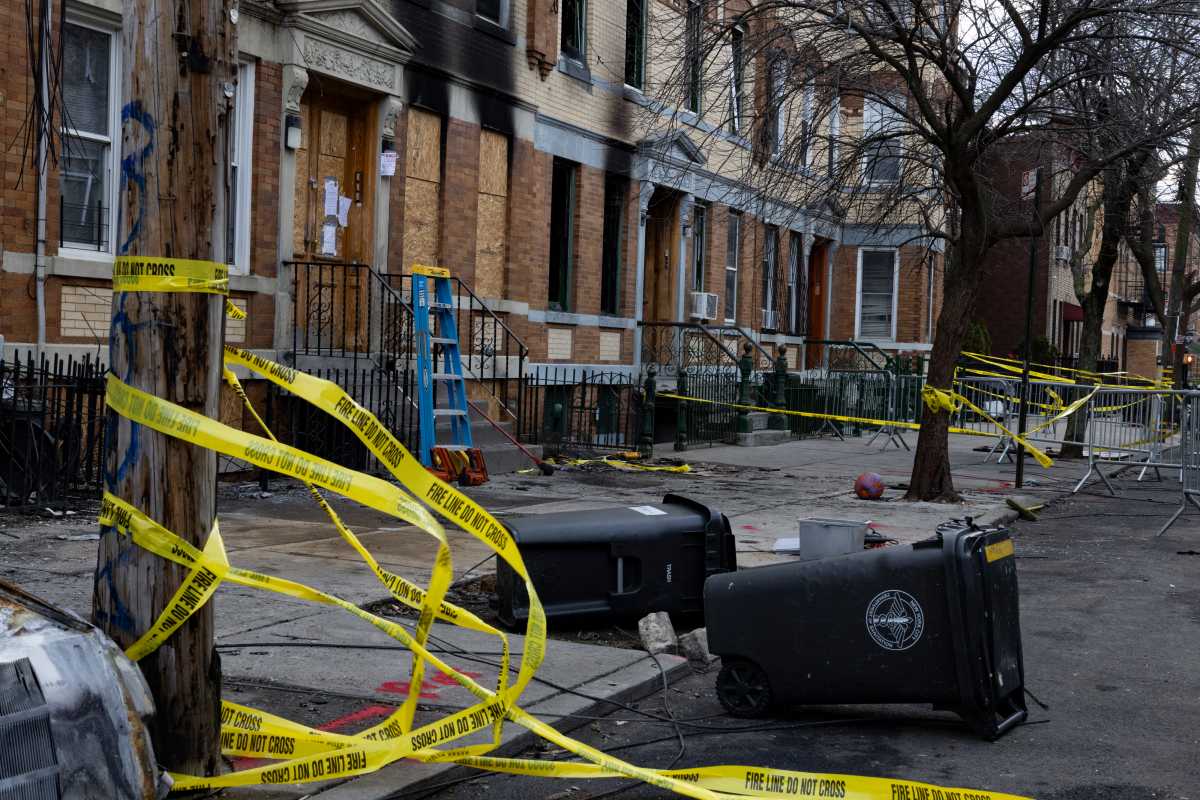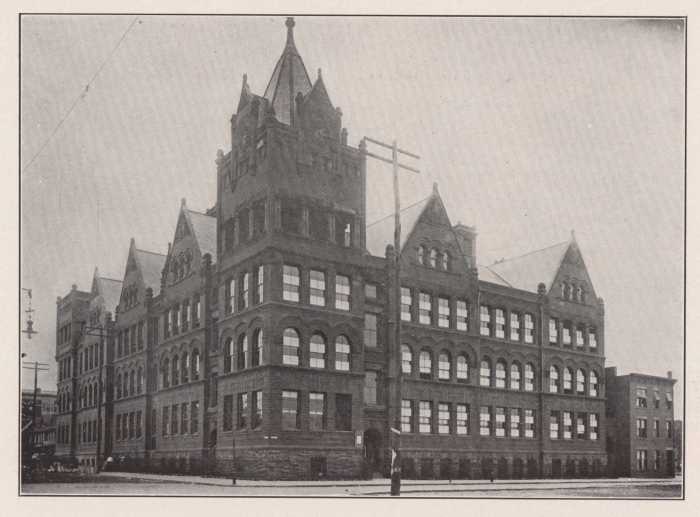Amtrak, the MTA, and New Jersey Transit say they cannot expand train capacity at Penn Station without enlarging the terminal’s Midtown footprint, and possibly demolishing several blocks of Midtown Manhattan.
In a new report prepared by consulting firms WSP Global and FXCollaborative, the three railroads present several proposals to expand capacity at the widely-maligned Midtown train terminal to address an expected surge in ridership over the next several decades — only to reject them all as infeasible, necessitating further study on how best to enlarge the cavernous station’s footprint.
The Gateway program — including the now-fully funded second set of rail tunnels under the Hudson River to supplement the existing 110-year-old tubes damaged by Hurricane Sandy — is intended to double trans-Hudson train capacity on Amtrak and New Jersey Transit, from 24 to 48 per hour, in line with expected increases in passenger demand.
Such a dramatic increase in train traffic would necessitate expanding the train capacity of the Western Hemisphere’s busiest transportation facility, which is already bursting at the seams. However, expanding the station’s physical footprint has drawn considerable controversy within the neighborhood, as it would likely require demolishing the entire block south of Madison Square Garden, plus parts of two others.
The three transit agencies say they have studied various options to expand capacity without needing to demolish anything, but they have concluded that none of them are feasible.
“The study really aims to answer the question: can we achieve the capacity goals…within the existing footprint of Penn Station? Spoiler alert, we cannot,” said Petra Messick, Amtrak’s senior director for the Gateway Program. “What we found is that we will need to expand beyond the boundaries of Penn to reach the 48 trains per hour trans-Hudson capacity goal.”
‘Unacceptable’ alternatives
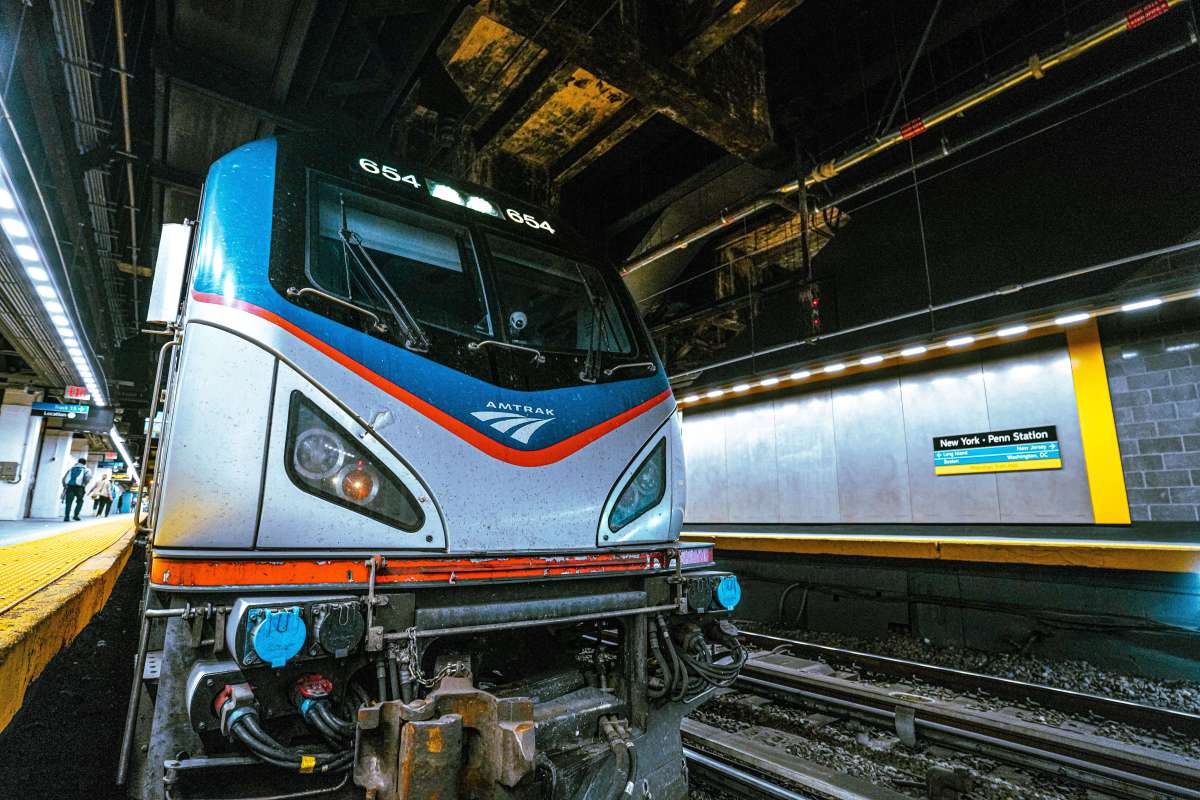
The study looks at two overarching “alternatives” to the station expansion: one is building a new sub-basement level of Penn with ten additional tracks directly underneath the existing facility.
The other considers “through-running,” wherein Penn would effectively be transformed into another stop on the line instead of a terminal, and trains would turn around in New Jersey, Queens, Long Island, or the Bronx — or metropolitan transit could be overhauled and New York could launch a “regional metro” connecting suburbs in both directions through the urban core, a la Paris’ RER or London’s Elizabeth Line.
But the railroads concluded both are infeasible, for different reasons.
The sub-basement proposal is deemed infeasible because it would require underpinning over 1,000 structural columns or require new real estate acquisition — and wouldn’t even bring capacity up to 48 trains per hour.
More controversial is the conclusion about through-running, which is favored by some transit advocates. The report determines that even if through-running could be achieved — by reducing the absolute number of tracks and widening platforms to allow safer boarding — it either would not be able to accommodate 48 trains per hour or would require a 30% disruption to train operations for a dozen years. That’s something the railroads consider unacceptable.
“Bottom line is this idea, even though it maximizes throughput, really fails in terms of constructibility,” said Foster Nichols, senior vice president at WSP leading the Penn study. “The negative impact of operation, to growth, to the connectivity of the region during that dozen-year construction period would be unacceptable.”
‘They’ve given us a half-baked series’
The publication marks the start of a new study period for how the railroads may decide to reconstruct Penn’s facility and expand its trackage, officials say.
But transit advocates seethed at the plan.
“I would say that their report, if I was a grammar school teacher, would get an incomplete,” said Samuel Turvey, a through-running proponent who chairs ReThink Penn Station. He further characterized the engineers’ modelings as opaque, kept hidden from the general public. “The real evaluation tools they need for this exercise they haven’t brought to the playing field. Instead, they’ve given us a half-baked series.”
Turvey’s group has studied through-running for years, and he says it would not require such a dramatic drawdown of Penn’s transit operations as the railroads contend.
“They are speaking out of both sides of their mouth. We have submitted to them a plan for converting the station to through-running that has multi-phases and you would never have to take the station out of service,” Turvey continued. “Now, yes, at a given track there would be construction going on, but less intrusive than the things they’ve been doing in the station for years.”
Layla Law-Gisiko, president of the City Club and former land use chair at Manhattan Community Board 5, suggested that the report was drawn up with a pre-determined outcome, and argued the expansion would require disruptions in the community that should also deem the idea infeasible.
“Currently, the extension is not getting them the throughput that they need,” said Law-Gisiko. “The extension will also be a 12-year affair, incredibly destructive, and with a huge reduction in service.”
What’s more, it’s unclear whether even the expansion plans would get the railroads to the number of trains they’re seeking; that will need to be studied. Railroad officials admitted as much in an August discussion led by the Regional Plan Association.
This story was updated to clarify the scope of the Gateway program’s funding and with the correct title for Layla Law-Gisiko.
Read More: https://www.amny.com/nyc-transit/



